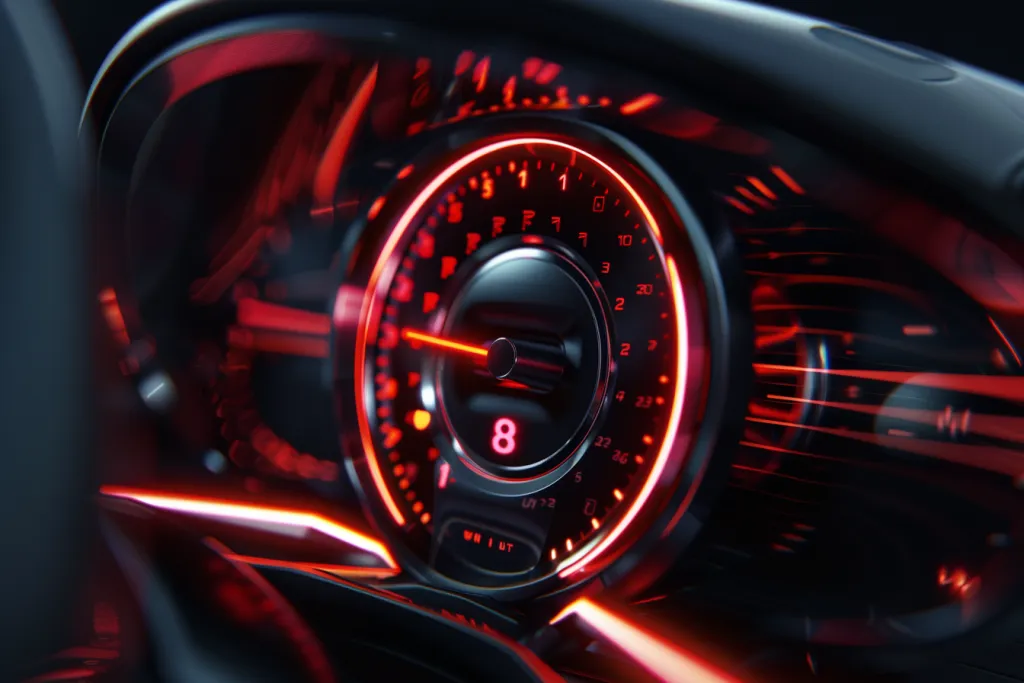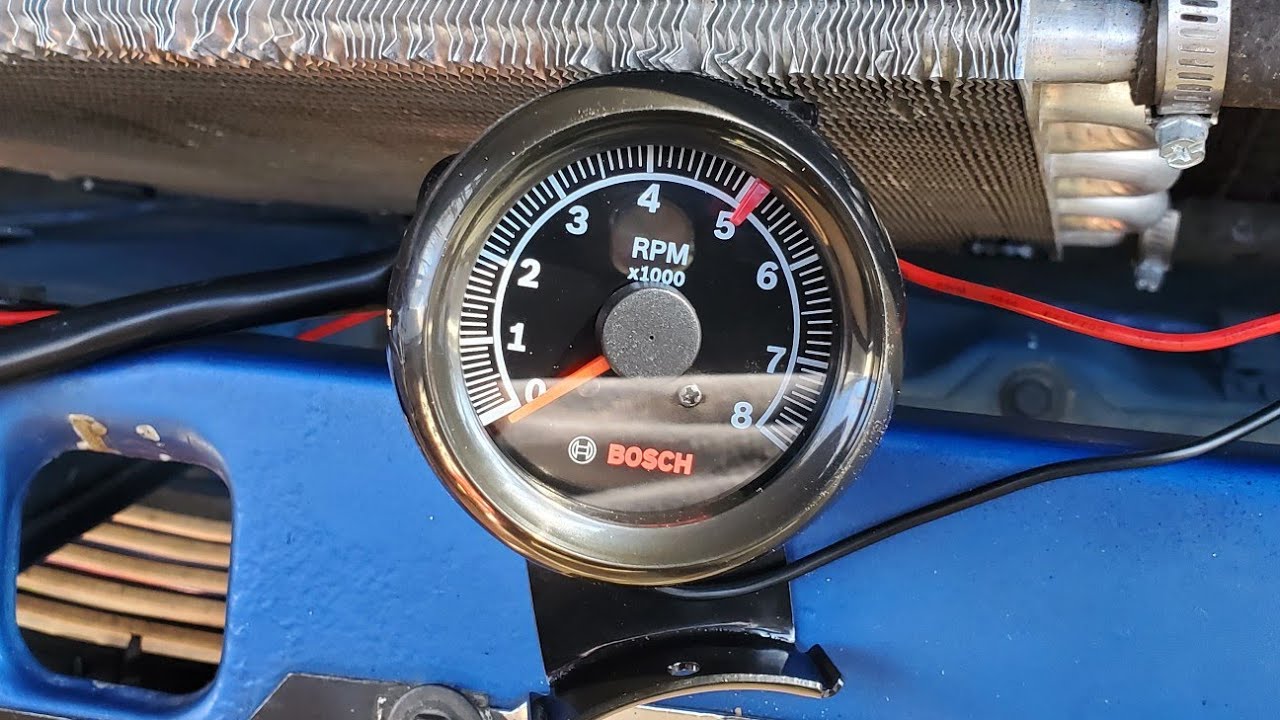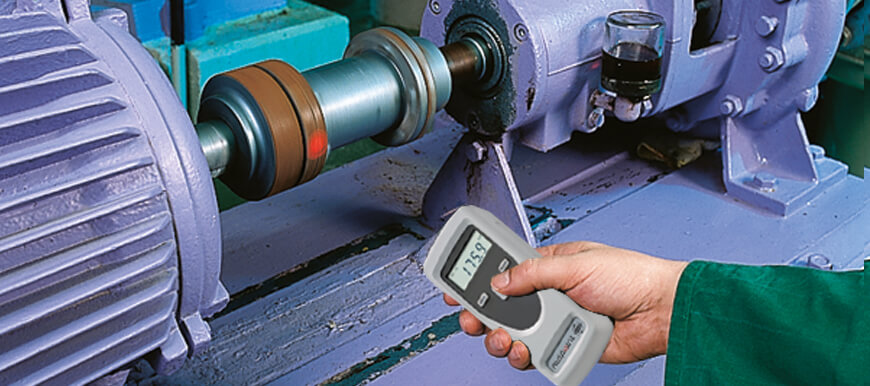Understanding how to use a vibration tachometer is increasingly vital in industrial and QA settings. This technology is instrumental in ensuring machine health and operational efficiency. In this thorough guide, we will delve into the method of using a vibration tachometer, explore its applications, and highlight the importance of accurate vibration measurement.

Introduction to Vibration Tachometers
A vibration tachometer is a specific type of tachometer used to measure the vibrations in machinery. This device is crucial for identifying potential issues before they become critical, thereby saving time and resources in industrial operations. This article comprehensively addresses how to use a vibration tachometer, making it beneficial for quality assurance professionals and engineers alike.
What is a Vibration Tachometer?
A vibration tachometer typically measures the frequency and magnitude of vibrations in motors and machinery. By doing so, it helps in identifying misalignments, imbalances, and other mechanical issues that could lead to equipment failure.
Types of Vibration Tachometers
- Digital Vibration Tachometers
- Analog Vibration Tachometers
Both types are used based on the specific requirements of the task and the environment they are being employed in.
Significance of Vibration Measurement
Accurate vibration measurement is essential for maintaining equipment reliability and performance. It helps in predictive maintenance and enhances the longevity of machinery.
How to Use a Vibration Tachometer
Preparation
Before you start using the tachometer, ensure the device is calibrated correctly. Calibration helps in obtaining precise measurements.
Steps to Follow
- Power On: Turn on the vibration tachometer and ensure it’s ready for use.
- Attach Sensors: Attach the sensors to the designated points on the machinery.
- Adjust Settings: Set the measurement range and sensitivity based on the type of machinery you’re testing.
- Begin Measurement: Start the measurement process and monitor the readings displayed on the tachometer.
- Analyze Data: Once the measurements are taken, analyze the data to identify any irregularities.
Common Issues and Troubleshooting
While using a vibration tachometer, you might encounter various challenges such as inaccurate readings, sensor malfunctions, or calibration issues. Ensure you follow the device manual for troubleshooting tips.
Applications of Vibration Tachometers
The use of vibration tachometers spans across various industries, including manufacturing, aerospace, automotive, and more. They are used for:
- Quality Assurance
- Predictive Maintenance
- Operational Efficiency
Role in Quality Assurance
In quality assurance, vibration tachometers play a critical role. They help in maintaining standards and ensuring the machinery operates within the desired parameters.
Benefits in Predictive Maintenance
By identifying potential issues early, vibration tachometers aid in predictive maintenance, reducing downtime and maintenance costs.
Conclusion
In conclusion, mastering how to use a vibration tachometer can significantly impact the operational efficiency and longevity of machinery. Regular use in predictive maintenance and quality assurance ensures minimal downtime and optimal performance.
For further details on related high-speed inspection processes, check out our detailed guides on Paint Inspection, Genetic Analysis, and Wafer Polishing.

FAQ
What is the primary function of a vibration tachometer?
A vibration tachometer primarily measures the frequency and magnitude of vibrations in machinery to identify imbalances and potential issues.
How often should a vibration tachometer be calibrated?
Regular calibration is essential, with a recommended frequency based on the manufacturer’s guidelines and the intensity of the device’s use.
Can a vibration tachometer be used in all industries?
Yes, vibration tachometers are versatile tools used across various industries such as manufacturing, aerospace, and automotive for maintaining equipment health and performance.
For more in-depth information on tachometers, you can visit Wikipedia or AZoSensors.
